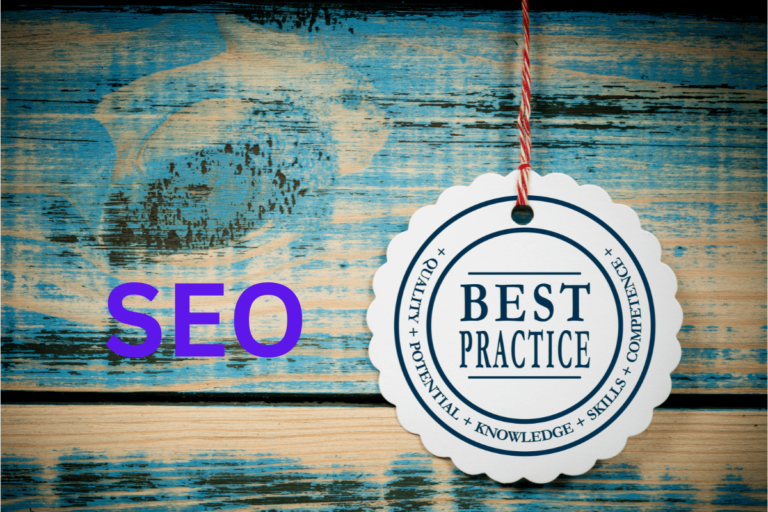Predictive SEO: Leveraging AI to Forecast Search Trends
In today’s fast-paced digital landscape, staying ahead of search trends is more important than ever. Search engine optimization (SEO) has evolved beyond targeting keywords to encompass a more strategic approach, incorporating data and technology. Predictive SEO, powered by artificial intelligence (AI), is revolutionizing how businesses prepare for future search trends. This forward-thinking method enables content creators and marketers to anticipate what users will search for, long before they type it into a search bar.
AI-driven tools play a pivotal role in making this possible. They analyze vast amounts of historical and real-time data, identifying emerging patterns that signal future behavior. For those eager to understand how AI can be applied to SEO strategies, platforms like AI Ranking offer an excellent foundation for mastering these innovative techniques. Let’s explore how predictive SEO works, why it matters, and how businesses can leverage AI to stay ahead of the competition.
What Is Predictive SEO?
Predictive SEO involves using AI algorithms and machine learning models to analyze data and forecast search trends. This proactive approach shifts the focus from reactive optimization to forward-looking strategies. Instead of optimizing content based on current search volumes and user behavior, predictive SEO anticipates what will be relevant in the near future.
By identifying topics and keywords before they peak in popularity, businesses can create content that ranks higher when search interest surges. Predictive SEO doesn’t just increase visibility; it positions brands as thought leaders by addressing questions before they’re widely asked.
The Role of AI in Predicting Search Trends
Data Collection and Analysis
AI systems excel at processing large volumes of data quickly and accurately. In the context of predictive SEO, these systems gather data from various sources, such as:
- Search engine query logs
- Social media trends
- User behavior analytics
- Seasonal patterns
By aggregating and analyzing this data, AI can uncover insights that would take humans weeks—or even months—to detect. For example, an AI algorithm might notice an increase in searches for “eco-friendly gadgets” and predict a growing trend in sustainable technology.
Pattern Recognition
One of AI’s most powerful capabilities is pattern recognition. Machine learning models can identify subtle connections between different data points, revealing trends that might otherwise go unnoticed. For instance, a rise in searches for “vegan recipes” during January could indicate the annual surge in interest due to “Veganuary.” Predictive SEO tools can flag these trends, enabling businesses to capitalize on them.
Natural Language Processing (NLP)
NLP helps AI understand the nuances of human language, including synonyms, intent, and contextual relevance. This is essential for forecasting search trends, as it enables AI to predict how users might phrase their queries in the future. For example, NLP can detect that searches for “best running shoes” might shift toward “top-rated athletic footwear” as user preferences evolve.
Why Predictive SEO Matters
Staying Ahead of the Competition
In highly competitive industries, being the first to address an emerging trend can provide a significant advantage. Predictive SEO allows businesses to publish relevant content before their competitors, ensuring they capture a larger share of organic traffic when the trend peaks.
Enhancing User Experience
Predictive SEO isn’t just about rankings; it’s also about providing value. By anticipating users’ needs and delivering content that addresses their future questions, businesses create a better experience. This builds trust and fosters long-term engagement.
Maximizing ROI on Content Creation
Producing high-quality content requires time and resources. Predictive SEO ensures these efforts are focused on topics that will deliver the greatest return. By targeting future high-traffic keywords, businesses can achieve better results with fewer resources.
Steps to Implement Predictive SEO
1. Leverage AI-Powered SEO Tools
The first step in implementing predictive SEO is to adopt the right tools. Platforms like SEMrush, Ahrefs, and Google Trends offer valuable insights into current search trends. More advanced tools, such as Clearscope and BrightEdge, use AI to forecast future trends.
2. Analyze Historical Data
Review past search trends to understand seasonal patterns and recurring spikes in interest. This historical data provides a foundation for identifying potential future trends.
3. Monitor Emerging Topics
Stay updated on industry news, social media discussions, and other online conversations. Emerging topics often start small before gaining widespread attention. AI tools can help identify these early signals.
4. Optimize Content for Anticipated Keywords
Once you’ve identified potential trends, create content around those keywords. Focus on providing in-depth, valuable information that addresses user intent. This will improve your chances of ranking highly when the trend gains traction.
5. Continuously Refine Your Strategy
Predictive SEO isn’t a one-time effort. Regularly review your data and adjust your approach based on new insights. AI tools make this process more efficient by providing real-time updates and recommendations.
Overcoming Challenges in Predictive SEO
Data Overload
One common challenge is dealing with the sheer volume of data. While AI simplifies analysis, it’s important to focus on the most relevant insights. Establish clear goals and prioritize metrics that align with your objectives.
Balancing Accuracy and Speed
Predicting trends involves a degree of uncertainty. Acting too quickly on an unverified trend can lead to wasted resources, while waiting too long can result in missed opportunities. The key is to balance speed with accuracy, relying on AI to guide your decisions.
Maintaining Content Quality
As you focus on future trends, don’t sacrifice content quality for the sake of speed. High-quality, well-researched content remains a cornerstone of successful SEO, even in a predictive framework.
The Future of Predictive SEO
As AI technology continues to advance, predictive SEO will become even more powerful. Future innovations may include real-time trend forecasting, personalized content recommendations, and automated content optimization. These advancements will further enhance businesses’ ability to anticipate and respond to user needs.
Moreover, the integration of predictive SEO with other technologies, such as voice search and augmented reality, will open up new possibilities. Businesses that embrace these innovations early will be well-positioned to lead in the next era of digital marketing.
Final Thoughts
Predictive SEO represents a paradigm shift in how businesses approach search engine optimization. By leveraging AI to forecast search trends, companies can stay ahead of the curve, provide value to their audiences, and maximize their ROI. While the technology is still evolving, its potential to transform digital marketing strategies is undeniable.
For those looking to deepen their understanding of AI-driven SEO strategies, platforms like AI Ranking offer invaluable resources and insights. Now is the time to embrace predictive SEO and position your business for long-term success.







